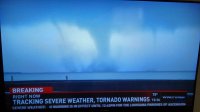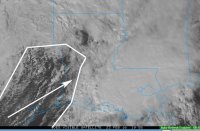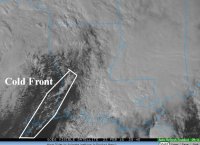Jonathan Beeson
EF1
- Joined
- Jan 12, 2015
- Messages
- 51
Over the past 48 hours or so, models have been converging on a very dynamic system that will affect portions of the Gulf Coast states on Tuesday. Recent runs have upticked even higher, so as of right now its looking like a very potent surface low will form over TX and then move north and eastward into MS and eventually up into western TN. Ahead of this, a very powerful trough will round the base and crash into parts of coastal LA, MS, and AL Tuesday, with a screaming 850 jet plowing into the same area on top of adequate instability and lapse rates. The surface low has been trending a bit more north with each run, so if the warm sector continues to push north there could be more areas that get into this threat. However for now, a potentially dangerous situation is unfolding for parts of coastal LA, MS, and AL Tuesday afternoon into the evening.



